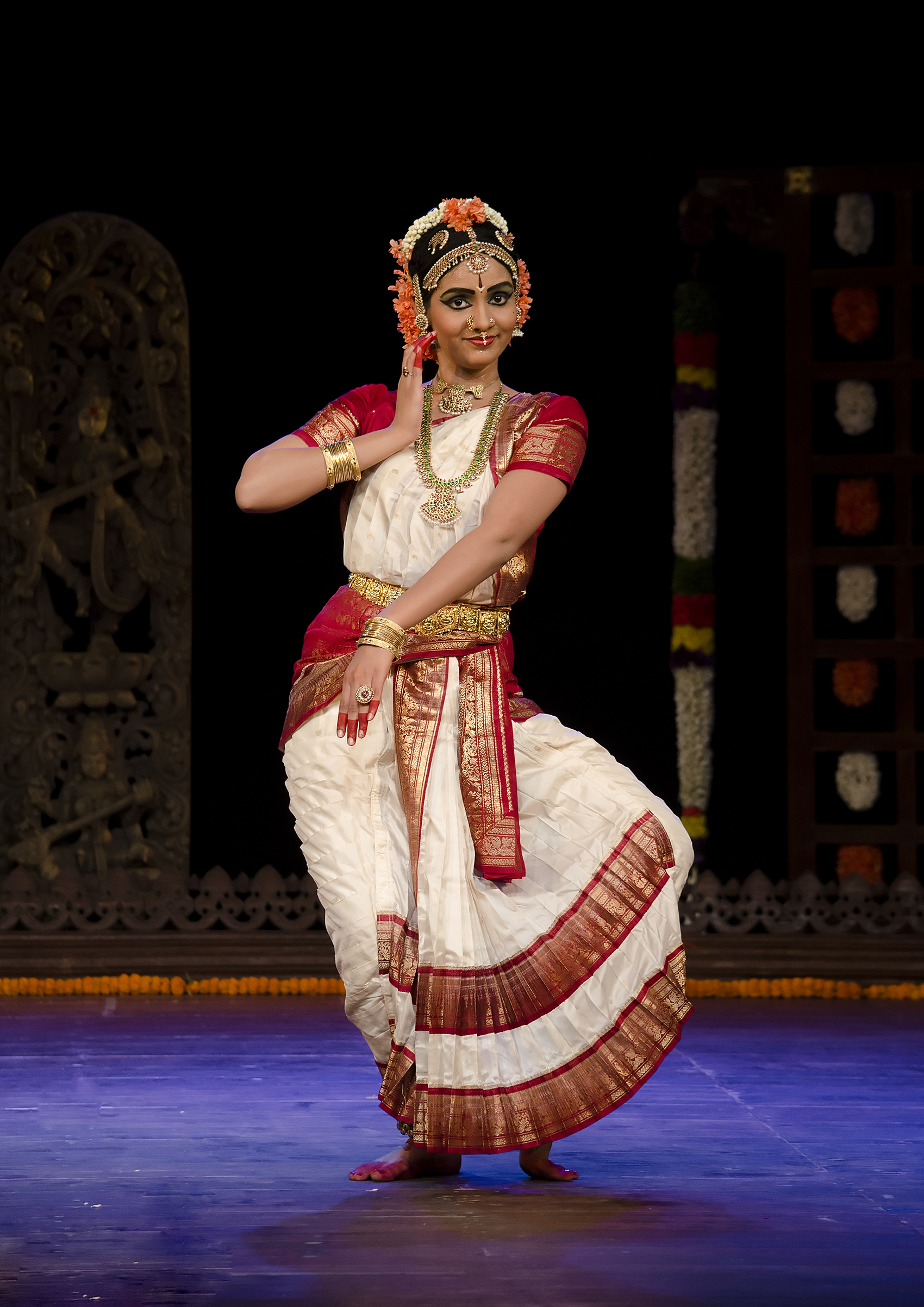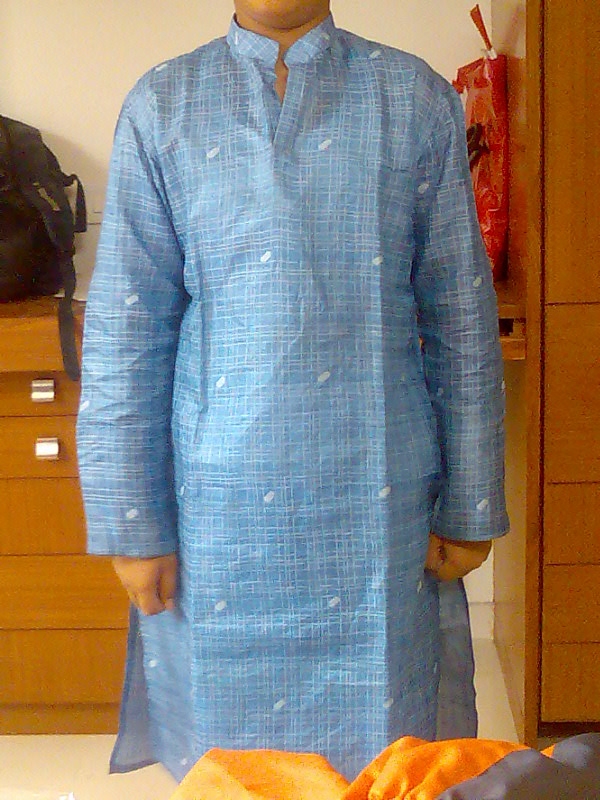|
Paturi Nagabhushanam
Paturi Nagabhushanam (20 August 1907 – 24 July 1987) was described as the doyen of the Andhra Library Movement from Andhra Pradesh, India...Andhra Pradesh Library Association. The Doyen of the Andhra Library Movement, Kalaprapurna PATURI NAGABHUSHANAM (1907-1987). Vijayawada, Andhra Pradesh Library Association,(year) Paturi was associated with the national independence movement and an ardent follower of Gandhiji. His contributions are noteworthy - in spreading library movement in the state of Andhra Pradesh among the public, strengthening Andhra Pradesh Library Association propagating adult literacy, the establishment of library school for imparting training to library workers and giving library education under State government certification and publishing books, periodicals, LIS textbooks. He is the founder of Sarvottama Granthalayam in Vijayawada. Biography Early life Nagabhushanam was the first child born in a middle-class orthodox farmer's family to Paturi Burraiah (father) ... [...More Info...] [...Related Items...] OR: [Wikipedia] [Google] [Baidu] |
Andhra Pradesh
Andhra Pradesh (, abbr. AP) is a state in the south-eastern coastal region of India. It is the seventh-largest state by area covering an area of and tenth-most populous state with 49,386,799 inhabitants. It is bordered by Telangana to the north-west, Chhattisgarh to the north, Odisha to the north-east, Tamil Nadu to the south, Karnataka to the west and the Bay of Bengal to the east. It has the second longest coastline in India after Gujarat, of about . Andhra State was the first state to be formed on a linguistic basis in India on 1 October 1953. On 1 November 1956, Andhra State was merged with the Telugu-speaking areas (ten districts) of the Hyderabad State to form United Andhra Pradesh. ln 2014 these merged areas of Hyderabad State are bifurcated from United Andhra Pradesh to form new state Telangana . Present form of Andhra similar to Andhra state.but some mandalas like Bhadrachalam still with Telangana. Visakhapatnam, Guntur, Kurnool is People Capital of And ... [...More Info...] [...Related Items...] OR: [Wikipedia] [Google] [Baidu] |
Madapati Hanumantha Rao
Madapati Hanumantha Rao (22 January 1885 – 11 November 1970) was an Indian statesman, poet and a short-story writer. He was the first Mayor of Hyderabad from 1951 to 1954. He is also a Padma Bhushan recipient. Revival of the Telugu Language in Nizam's Dominion He was a founder member of the Andhra Mahasabha Andhra Mahasabha (Telugu language, Telugu: ఆంధ్ర మహాసభ, IAST: ''Āndhra mahāsabha'') was a people's organisation in the erstwhile Hyderabad state of India. The organization spearheaded people's awareness and people's movemen .... He came to be called the Andhra Pitamaha. Public worker He was a member of the Senate and Syndicate of Osmania University. He held political meetings outside the limits of the Hyderabad state. The first Hyderabad political conference was held in Kakinada in 1923, due to the initiative taken by M. Hanumantha Rao. This was on account of Gasti No. 53, which made it impossible for any political meeting, however peaceful it ... [...More Info...] [...Related Items...] OR: [Wikipedia] [Google] [Baidu] |
Delhi
Delhi, officially the National Capital Territory (NCT) of Delhi, is a city and a union territory of India containing New Delhi, the capital of India. Straddling the Yamuna river, primarily its western or right bank, Delhi shares borders with the state of Uttar Pradesh in the east and with the state of Haryana in the remaining directions. The NCT covers an area of . According to the 2011 census, Delhi's city proper population was over 11 million, while the NCT's population was about 16.8 million. Delhi's urban agglomeration, which includes the satellite cities of Ghaziabad, Faridabad, Gurgaon and Noida in an area known as the National Capital Region (NCR), has an estimated population of over 28 million, making it the largest metropolitan area in India and the second-largest in the world (after Tokyo). The topography of the medieval fort Purana Qila on the banks of the river Yamuna matches the literary description of the citadel Indraprastha in the Sanskrit ... [...More Info...] [...Related Items...] OR: [Wikipedia] [Google] [Baidu] |
Andhra Vajmaya Sangraha Suchika
Andhra Pradesh (, abbr. AP) is a state in the south-eastern coastal region of India. It is the seventh-largest state by area covering an area of and tenth-most populous state with 49,386,799 inhabitants. It is bordered by Telangana to the north-west, Chhattisgarh to the north, Odisha to the north-east, Tamil Nadu to the south, Karnataka to the west and the Bay of Bengal to the east. It has the second longest coastline in India after Gujarat, of about . Andhra State was the first state to be formed on a linguistic basis in India on 1 October 1953. On 1 November 1956, Andhra State was merged with the Telugu-speaking areas (ten districts) of the Hyderabad State to form United Andhra Pradesh. ln 2014 these merged areas of Hyderabad State are bifurcated from United Andhra Pradesh to form new state Telangana . Present form of Andhra similar to Andhra state.but some mandalas like Bhadrachalam still with Telangana. Visakhapatnam, Guntur, Kurnool is People Capital of Andhra P ... [...More Info...] [...Related Items...] OR: [Wikipedia] [Google] [Baidu] |
Library Science
Library science (often termed library studies, bibliothecography, and library economy) is an interdisciplinary or multidisciplinary field that applies the practices, perspectives, and tools of management, information technology, education, and other areas to libraries; the collection, organization, preservation, and dissemination of information resources; and the political economy of information. Martin Schrettinger, a Bavarian librarian, coined the discipline within his work (1808–1828) ''Versuch eines vollständigen Lehrbuchs der Bibliothek-Wissenschaft oder Anleitung zur vollkommenen Geschäftsführung eines Bibliothekars''. Rather than classifying information based on nature-oriented elements, as was previously done in his Bavarian library, Schrettinger organized books in alphabetical order. The first American school for library science was founded by Melvil Dewey at Columbia University in 1887. Historically, library science has also included archival science. This inclu ... [...More Info...] [...Related Items...] OR: [Wikipedia] [Google] [Baidu] |
Grandhalaya Sarvaswam
''Grandhalaya Sarvaswam'' is a Telugu periodical related to the library science and Library and information science. The Andhra Pradesh Library Association in India has been publishing this periodical since the year 1915 for the development of the library movement. It is the oldest regional language periodical in the country. The earliest volumes of the periodical were covering the news and articles related to libraries, news regarding children's force, literary discussions, modern poems, songs rendered in connection with library movement, featured articles related to the history and science. Gradually, libraries, book reviews were included, along with the contents of the Gandhiji's constructive program.Sarada, Raavi.Noorella Andhra Pradesh Grandhalaya Sangham. Grandhalaya Sarwasvam.74/8, November 2013. (శారద, రావి. నూరేళ్ళ ఆంధ్రప్రదేశ్ గ్రంధాలయ సంఘం. గ్రంధాలయ సర్వస్వం. 74/8, ... [...More Info...] [...Related Items...] OR: [Wikipedia] [Google] [Baidu] |
Ayyanki Venkata Ramanaiah
Iyyanki Venkata Ramanayya or Ayyanki Venkata Ramanaiah (24 July 1890 – 1979) has been called the architect of the public library movement in India". He is the first Indian to be awarded the Kaula Gold Medal. Through his career as an influential library leader, Ramanayya was seen as a respected peer and mentor by S. R. Ranganathan. Early career Iyyanki Venkata Ramanayya was born in Konkuduru village, Ramachandrapuram taluk, in East Godavari district, Andhra Pradesh, to Venkata Ratnam and Mangamamba. He studied in Tailor High School. Influenced by Bipin Chandra Pal, Ramanayya entered public life in 1907 at the age of 19. He was instrumental in establishing the First State Library Association in Indian – Andhra Pradesh Library Association (1914) and the Bengal Library Association (1925). He contributed to the foundation of the Madras Library Association (1928) and the Punjab Library Association (1929) at state level and the All India Public Library Association (1919) at t ... [...More Info...] [...Related Items...] OR: [Wikipedia] [Google] [Baidu] |
Animal Husbandry
Animal husbandry is the branch of agriculture concerned with animals that are raised for meat, fibre, milk, or other products. It includes day-to-day care, selective breeding, and the raising of livestock. Husbandry has a long history, starting with the Neolithic Revolution when animals were first domesticated, from around 13,000 BC onwards, predating farming of the first crops. By the time of early civilisations such as ancient Egypt, cattle, sheep, goats, and pigs were being raised on farms. Major changes took place in the Columbian exchange, when Old World livestock were brought to the New World, and then in the British Agricultural Revolution of the 18th century, when livestock breeds like the Dishley Longhorn cattle and Lincoln Longwool sheep were rapidly improved by agriculturalists, such as Robert Bakewell, to yield more meat, milk, and wool. A wide range of other species, such as horse, water buffalo, llama, rabbit, and guinea pig, are used as livestock in some ... [...More Info...] [...Related Items...] OR: [Wikipedia] [Google] [Baidu] |
Agriculture
Agriculture or farming is the practice of cultivating plants and livestock. Agriculture was the key development in the rise of sedentary human civilization, whereby farming of domesticated species created food surpluses that enabled people to live in cities. The history of agriculture began thousands of years ago. After gathering wild grains beginning at least 105,000 years ago, nascent farmers began to plant them around 11,500 years ago. Sheep, goats, pigs and cattle were domesticated over 10,000 years ago. Plants were independently cultivated in at least 11 regions of the world. Industrial agriculture based on large-scale monoculture in the twentieth century came to dominate agricultural output, though about 2 billion people still depended on subsistence agriculture. The major agricultural products can be broadly grouped into foods, fibers, fuels, and raw materials (such as rubber). Food classes include cereals (grains), vegetables, fruits, cooking oils, meat, milk, ... [...More Info...] [...Related Items...] OR: [Wikipedia] [Google] [Baidu] |
Naturopathy
Naturopathy, or naturopathic medicine, is a form of alternative medicine. A wide array of pseudoscientific practices branded as "natural", "non-invasive", or promoting "self-healing" are employed by its practitioners, who are known as naturopaths. Difficult to generalize, these treatments range from outright quackery, like homeopathy, to widely accepted practices like certain forms of psychotherapy. The ideology and methods of naturopathy are based on vitalism and folk medicine rather than evidence-based medicine, although practitioners may use techniques supported by evidence. Naturopathic practitioners commonly recommend against following modern medical practices, including but not limited to medical testing, drugs, vaccinations, and surgery. Instead, naturopathic practice relies on unscientific notions, often leading naturopaths to diagnoses and treatments that have no factual merit. Naturopathy is considered by the medical profession to be ineffective and harmful, raisin ... [...More Info...] [...Related Items...] OR: [Wikipedia] [Google] [Baidu] |
Sabarmati Ashram
Sabarmati Ashram (also known as Gandhi Ashram) is located in the Sabarmati suburb of Ahmedabad, Gujarat, adjoining the Ashram Road, on the banks of the River Sabarmati, from the town hall. This was one of the many residences of Mahatma Gandhi who lived at Sabarmati (Gujarat) and Sevagram (Wardha, Maharashtra) when he was not travelling across India or in prison. He lived in Sabarmati or Wardha for a total of twelve years with his wife Kasturba Gandhi and followers, including Vinoba Bhave. The Bhagavad Gita was recited here daily as part of the Ashram schedule. It was from here that Gandhi led the Dandi march also known as the Salt Satyagraha on 12 March 1930. In recognition of the significant influence that this march had on the Indian independence movement, the Indian government has established the ashram as a national monument. History Gandhiji's India ashram was originally established at the Kocharab Bungalow of Jivanlal Desai, a barrister and friend of Gandhi, on 25 M ... [...More Info...] [...Related Items...] OR: [Wikipedia] [Google] [Baidu] |
Khadi
Khadi (, ), derived from khaddar, is a hand-spun and woven natural fibre cloth promoted by Mahatma Gandhi as ''swadeshi'' (self-sufficiency) for the freedom struggle of the Indian subcontinent, and the term is used throughout India, Pakistan and Bangladesh."Freedom@70: How Khadi is getting a new spin." '''', 13 August 2017. The first piece of the hand-woven cloth was manufactured in the during 1917–18. The coarsenes ... [...More Info...] [...Related Items...] OR: [Wikipedia] [Google] [Baidu] |








